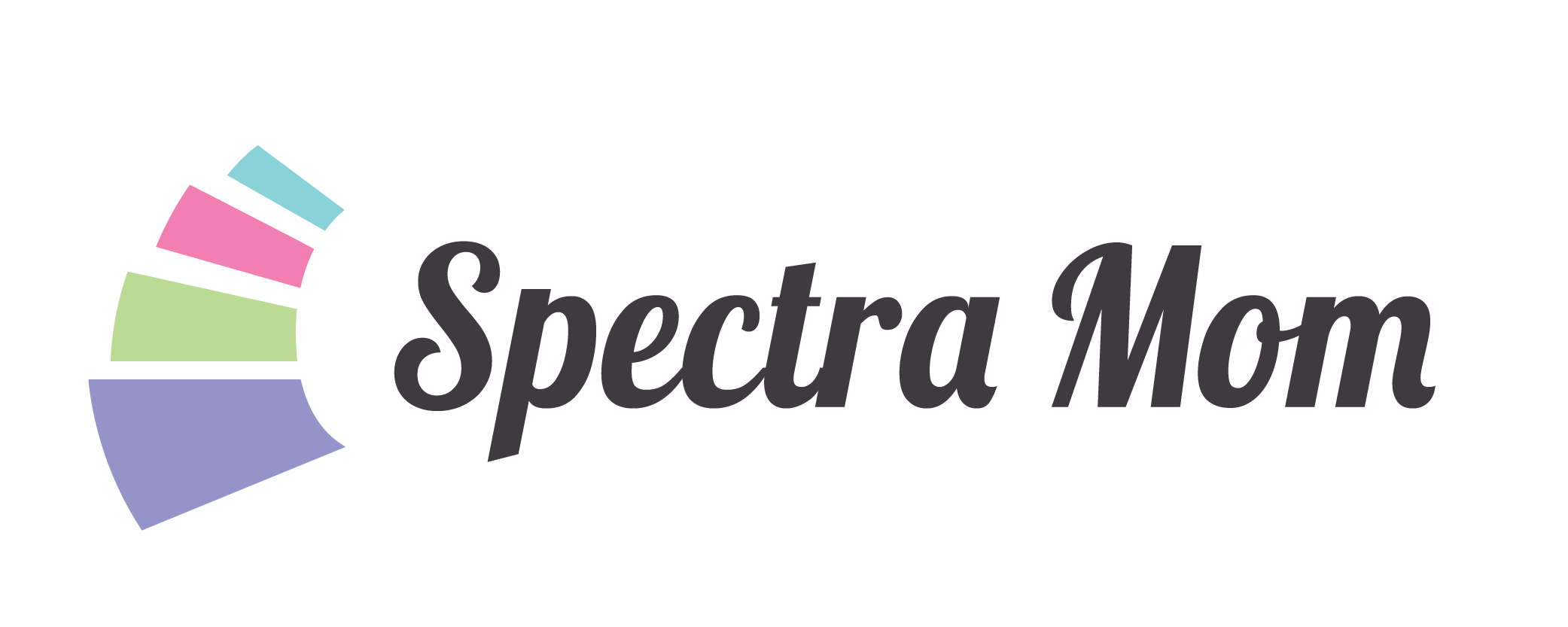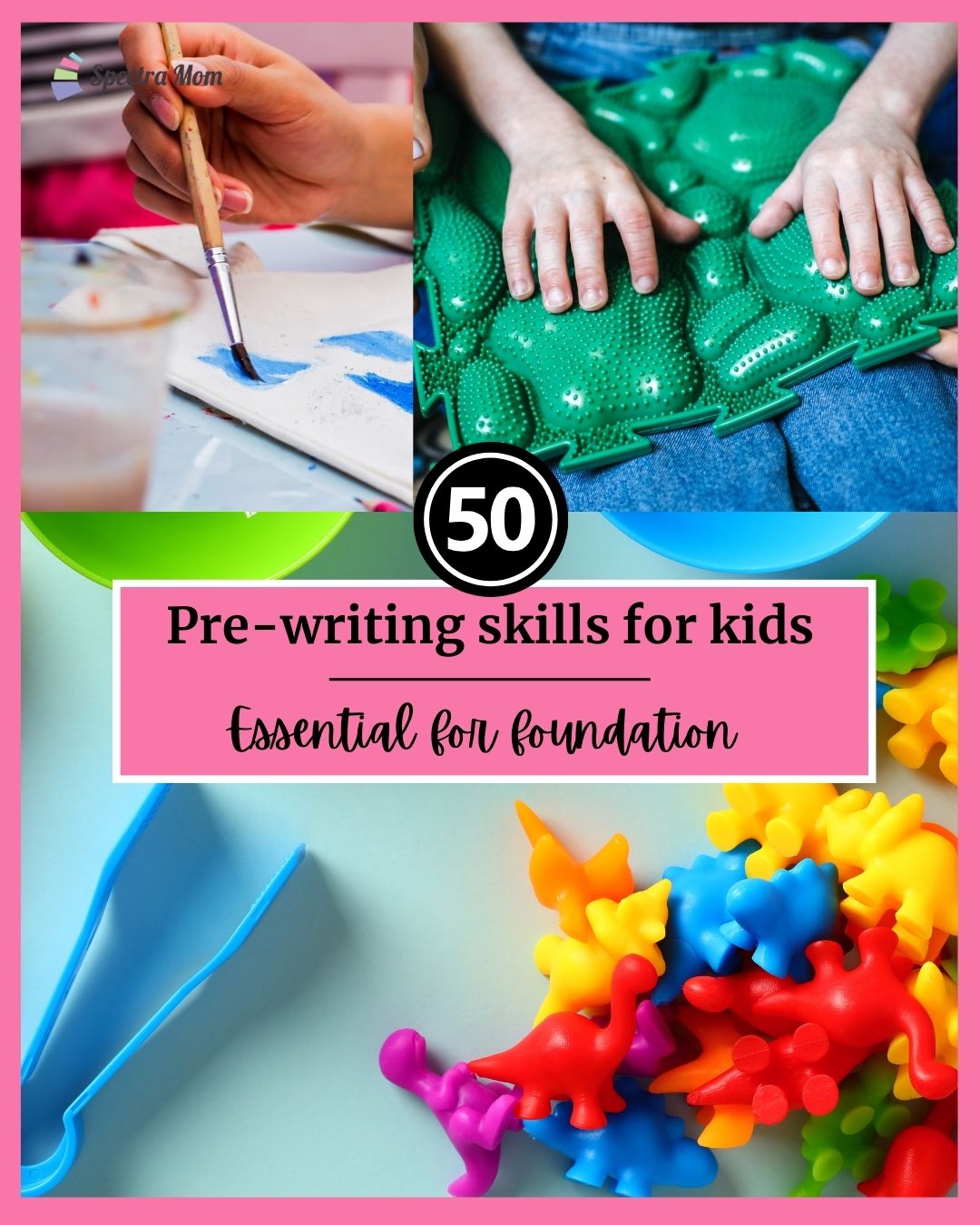Pre-writing skills contribute to the child’s ability to form a good grip, hold and use a pencil, and the ability to draw, write, copy, and colour. Prewriting skills are a game changer for early learning as these skills not only frame a structure for your kid’s handwriting, but also helps in:-
- Hand eye coordination: ability to process information received from the eyes to control.
- Visual perception: The brain’s ability to interpret and make sense of visual images seen by the eyes.
- Hand dominance: The consistent use of one (usually the same) hand for task performance.
- Hand and finger strength: Ability to exert force against resistance using the hands and fingers.
Why should we practise Pre-Writing Activities?
Note that is recommended to let kids start writing from 6 years of age.
But many schools need kids to start writing from the age of 3 -4 as per their curriculum and writing in such cases writing becomes a constant struggle for kids!
When a child is not ready to write they might also have difficulties with:
- Behaviour as they may refuse to participate in pencil and other fine motor tasks.
- Self-esteem because they generally find their work being compared against that of their peers.
- Academic performance: becomes more difficult and they may be slower completing these tasks
- Provides self-care, the ability to (age appropriately) master independence in everyday life activities (such as dressing, eating, cleaning teeth, brushing hair)
- Preferring to get others to perform fine motor tasks for them rather than actually doing themselves (e.g. “Daddy, draw me a house)
Thus, the introduction of prewriting skills, which also forms a part of your child’s gross motor, sensory development and enhances fine motor skill development within a child

50 Pre-writing skills activities to develop your child’s writing skills
1.Play dough Fun: Mould shapes, letters, and objects with play-dough.
2.Finger Painting: Use fingers to create colourful masterpieces.
3.Letter Tracing: Practice tracing letters with a finger or a pencil.
4.Sandpaper Letters: Trace letters on sandpaper for a tactile experience.
5.Chalkboard Drawing: Encourage drawing and writing on a chalkboard.
6.Bubble Wrap Stomp: Stomp on bubble wrap with paint-covered feet for a sensory experience.
7.Nature Rubbings: Place paper over different textures and rub with crayons.
8.Cutting and Gluing: Develop fine motor skills with cutting and pasting activities.
9. Stringing Beads: Create patterns and shapes by stringing beads.
10. Shaving Cream Play: Spread shaving cream on a surface for a messy, sensory experience.

11. Sticker Stories: Build a story using stickers on a blank sheet of paper.
12. Play with Magnetic Letters: Arrange magnetic letters to form words or sentences.
13. Clothespin Match: Attach clothespins to letters or shapes to match and clip.
14. Puzzle Fun: Solve puzzles with varying difficulty levels.
15. Watercolour Resist: Use white crayons on paper and paint over it with watercolours.
16.Sidewalk Chalk Games: Play hopscotch, draw shapes, or write letters on the sidewalk.
17. Q-tip Painting: Dip Q-tips in paint to create fine details on paper.
18. Alphabet Soup: Play with letter-shaped foam in a bowl of water.
19. Sensory Bins: Explore different textures and objects in sensory bins.
20. Drawing on Windows: Use washable markers to draw on windows.

21. Trace with Cars: Drive toy cars along traced lines or letters.
22. Pasta Art: Glue different shapes of pasta to paper to create images.
23. Shadow Tracing: Trace shadows of toys or hands.
24. Crayon Resist: Colour with crayons on paper and paint over it with watercolours.
25. Sock Puppets: Create characters and stories using sock puppets.
26. Nature Collages: Collect and glue natural items like leaves and flowers.
27. Stamps and Ink Pads: Create pictures using stamps and ink pads.
28. Button Sorting: Sort and arrange buttons by size, color, or shape.
29. Texture Boards: Glue various textured materials to a board for exploration.
30. Tape Art: Create designs by sticking colourful tape on paper.

31. Prewriting Worksheets: Use worksheets with simple lines and shapes for tracing.
32. Balloon Painting: Dip balloons in paint and stamp them on paper.
33. Create a Family Book: Draw pictures and write about family members.
34. Ice Cube Painting: Paint with ice cubes on paper.
35. Letter Hunt: Find and circle letters in magazines or books.
36. Jigsaw Puzzles: Assemble puzzles to enhance spatial awareness.
37. Stencils: Trace shapes and patterns using stencils.
38. Name Collage: Cut out letters from magazines to create a name collage.
39. Sponge Painting: Dip sponges in paint and stamp them on paper.
40. Building with Blocks: Build structures and narrate stories using blocks.

41. Play with Clay: Create shapes and characters with modeling clay.
42. Feather Writing: Write or draw with feathers dipped in paint or ink.
43. Number Bean Bags: Toss bean bags onto numbered shapes or letters.
44. Yarn Wrapping: Wrap yarn around cardboard shapes or letters.
45. Sticker Match: Match stickers to corresponding shapes or letters.
46. Felt Board Stories: Create stories using a felt board and characters.
47. Colour Mixing: Experiment with mixing different paint colours.
48. Rock Painting: Decorate rocks with paint and use them for storytelling.
49. Paper Plate Masks: Create masks and role-play as characters.
50. Lacing Cards: Thread yarn through punched holes in cards to create patterns

Enjoy these fun filed activities with your kids and see them grow with creativity, life skills, selfcare and independence.
Do try these out and tell me which one helped you the most and is your favourite in comments! Follow my blog for more on parenting and mom life hacks!

